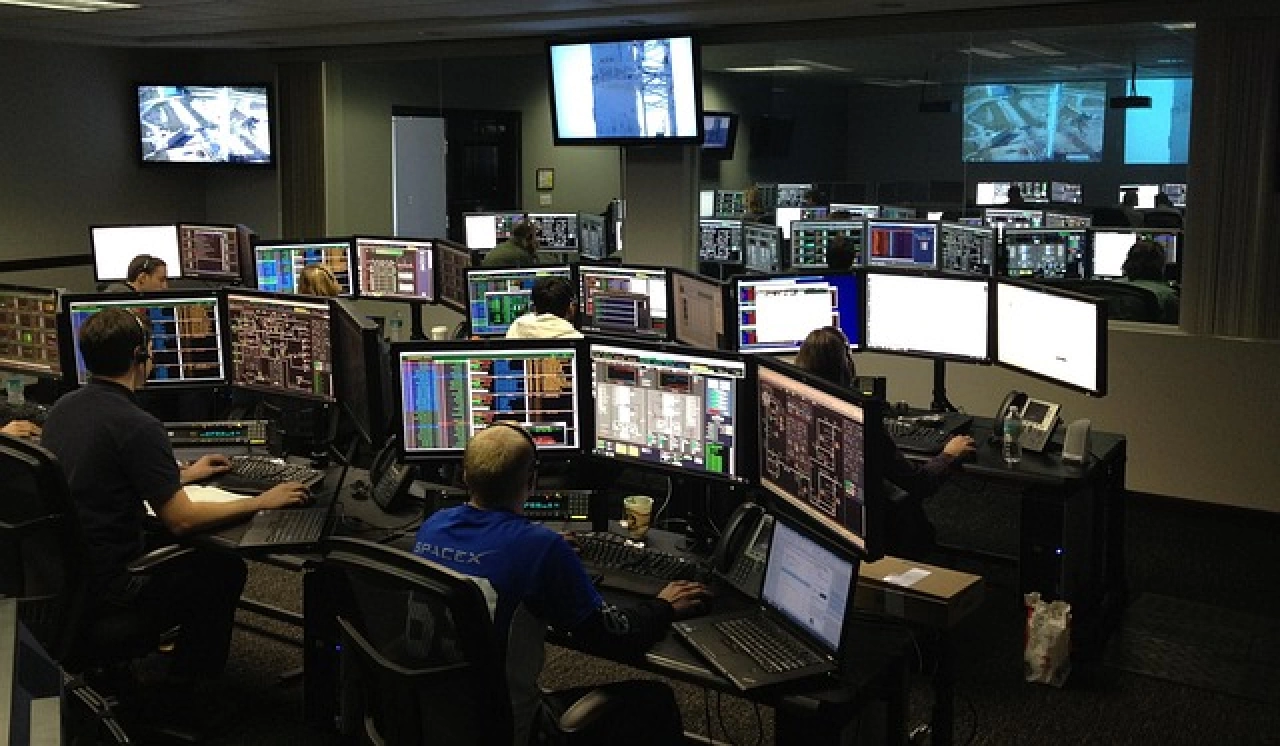CCTV VMS Software
With the emergence of AI and computer vision, CCTV cameras have become an integral part of both personal and professional security system. However, this growth has introduced a new challenge for surveillance professionals: how to view video streams from different types of cameras in a single, unified location.
To address this need, the industry has developed a solution known as Video Management Software (VMS), VMS Software for CCTV.
This software is essential for large-scale operations with multiple installation sites, each using CCTV cameras from various manufacturers. Since IP cameras from different brands often require proprietary software, it becomes impossible to monitor all live feeds through a single mobile app. A VMS overcomes this limitation by providing a centralized platform. It enables unified monitoring of all sites from one location and facilitates the storage of recordings, whether on cloud servers or on-premises hardware like NAS and SAN storage systems.
The growing demand for accessing multi-site CCTV streams to power AI and computer vision models has made VMS a necessity for many organizations. Top AI companies in Gurgaon are leading the development in this field, with AI companies in Faridabad also making significant contributions to VMS development and implementation.
CCTV VMS systems represent the future of video surveillance monitoring. Consequently, both domestic and international companies are investing considerable effort into building state-of-the-art VMS solutions for the industry.
Key Considerations When Purchasing VMS Software (Perpetual License or SaaS)
When evaluating a VMS solution—whether through a perpetual license or a SaaS model—the following factors should be carefully assessed:
- Hardware Costs
Hardware plays a critical role in the overall investment. In most cases, a high-performance server is required at the central location to aggregate and monitor CCTV streams from multiple sites. Depending on the VMS architecture, additional hardware may be needed at remote sites to process video streams before transmission. - Bandwidth Costs
Bandwidth is a major recurring expense. Both site-to-site bandwidth (uplink from remote sites) and central site bandwidth (downlink and storage upload) must be calculated accurately. Misestimating bandwidth needs can significantly inflate the operational budget of the VMS. - Software Licensing and Maintenance Costs
The license fee of the VMS itself is only part of the cost. Maintenance, upgrades, and ongoing support agreements should also be factored into the total cost of ownership. This ensures that the solution remains sustainable, secure, and up to date over time.















Send Query